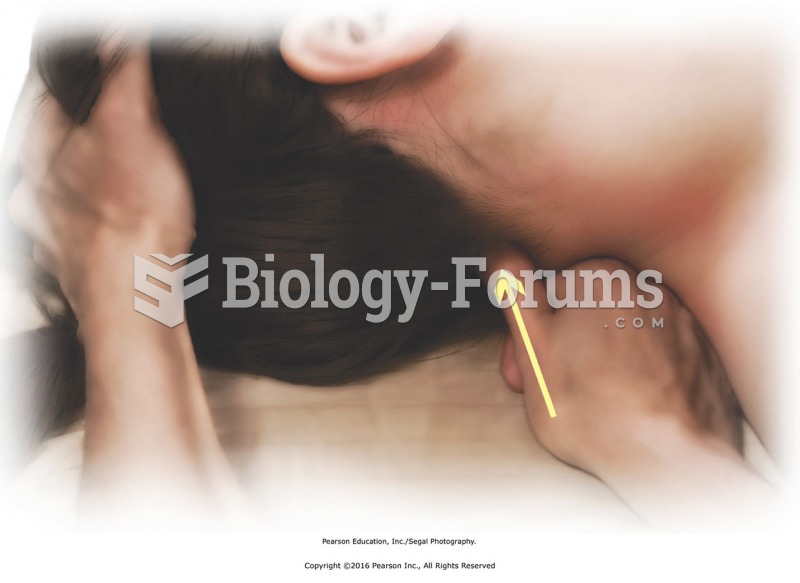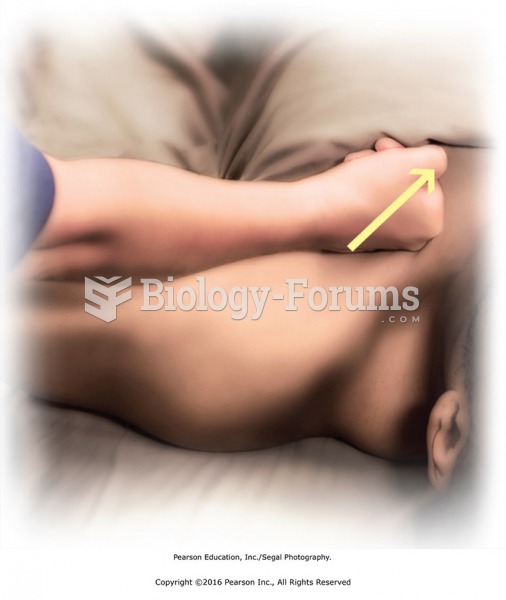|
|
|
Addicts to opiates often avoid treatment because they are afraid of withdrawal. Though unpleasant, with proper management, withdrawal is rarely fatal and passes relatively quickly.
Not getting enough sleep can greatly weaken the immune system. Lack of sleep makes you more likely to catch a cold, or more difficult to fight off an infection.
Walt Disney helped combat malaria by making an animated film in 1943 called The Winged Scourge. This short film starred the seven dwarfs and taught children that mosquitos transmit malaria, which is a very bad disease. It advocated the killing of mosquitos to stop the disease.
The top five reasons that children stay home from school are as follows: colds, stomach flu (gastroenteritis), ear infection (otitis media), pink eye (conjunctivitis), and sore throat.
Thyroid conditions may make getting pregnant impossible.
 Knead accessible leg and hip muscles; alternate with effleurage. Avoid massage of the medial side of ...
Knead accessible leg and hip muscles; alternate with effleurage. Avoid massage of the medial side of ...
 Turn head for access to posterior cervical muscles. Locate TrPs along posterior cervical muscles, ...
Turn head for access to posterior cervical muscles. Locate TrPs along posterior cervical muscles, ...





